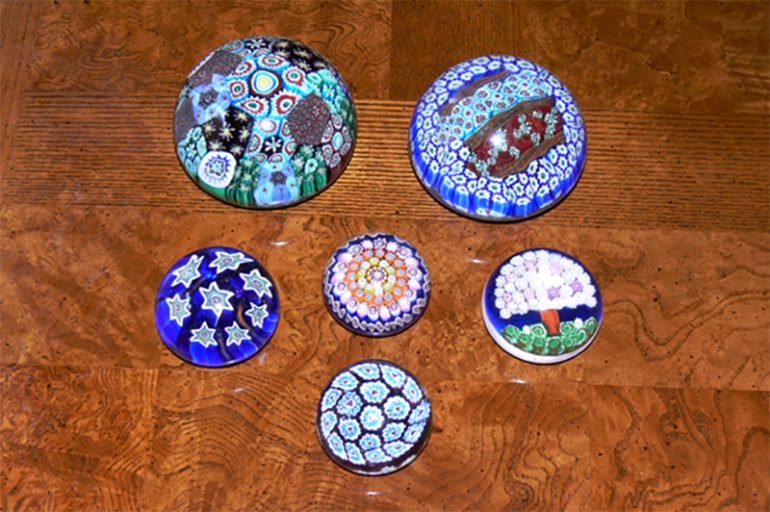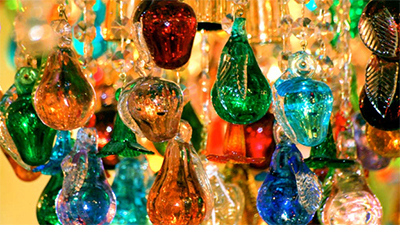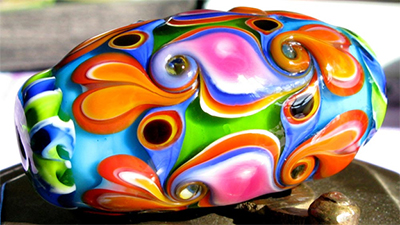Murano glass art began its long journey of success in the 1291. This was the time where all glassmaking and manufacturing factories were moved to Murano Island. Since then, the glass art has been the main industry in this island.
A work of a master artisan is the way to define the Murano glass art. These glass arts date back to 10th century and have been the staple artwork in northern Italy. This artwork is the world class offering of the Murano, a group of Venetian Islands in northern Italy. For centuries, many high social ranking individuals, families and even groups indulged in owning fancy glassware from Murano. The fanciness of the Murano glass art comes with a price, thanks in part to being the technique in crafting one is still classic and only few craftsmen — who are elite on their own — have perfected the glass art.
The crafted glass is truly a treasure coveted by collectors and even simple art admirers all around the world. A genuine Murano glass is not only an elegant and glamorous décor, but it is an investment worth having. This glass art is one of the few material things that do not depreciate in value. The older Murano glass art you have, coupled with its intrinsic beauty, the more it is worth.
The glassmaker and craftsmen from Murano have been in the forefront of the glassmaking artistry. They have been developing and even refining proven methods for their crafts that include smalto or enameled glass, crystalline glass, goldstone or the golden glass, lattimo or the milk glass, millefiori or the multicolored glass and many more. These days, the world is still witness to the centuries-old glassmaking techniques and artistry in which they create modern art glass, figurines, wine stoppers, chandeliers and even tourist souvenirs.
Throughout history of its craft, Murano glass art has experienced ups and downs, with the revival on-going these days. Slowly but surely, Murano craftsmen started non-traditional models in their works and this was a positive sign for all in Murano. However, there are problems along the way for this glass art and this is mainly due to the existence of imitations. In order to minimize imitations, many Murano glass art companies as well as concerned people in Murano established their trademark that certifies the authenticity of the product. These days, there are about 50 companies that make use of the “Artistic Glass Murano®” – the trademark they came up implying its origin. This trademark was initialized in 1994 and still regulated by Region of Veneto Law no.70. However, getting a trademark is optional and there are some craftsmen/companies that opted out of this trademark. Having a trademark guarantees authenticity of the product.
What’s inside a Murano glass art?
In its glassware, there is about 70% silica sand and remaining portions are made up of stabilizers and fluxes. These fluxes added to the glassmaking are intended for it to melt at a lower temperature. The stabilizers, on the other hand, are intended to prevent solubility of the glass in water. The possibility of creating bubble free and homogenous Murano glass art is high when the melting glass is done at lower temperature.
What people see displayed in museums or as personal collection are colorful and not the usual transparent glass. The colors infused in Murano glasses comes from the addition of oxides, chemical derivatives and minerals in small concentration. These substances are added to the base composition of the glass, which is still in the powdered form. The mixture of the coloring substances is one of the age-old techniques used by master craftsmen to create world class Murano glass resulting to numerous combinations of alabasters, crayons and transparent colors.
Photo Attribution:
Featured and 1st image from https://upload.wikimedia.org/wikipedia/commons/f/fd/Murano_paper_weights.JPG
2nd image from http://www.italianheart.com.au/murano-glass-history
3rd image from http://www.italianheart.com.au/murano-glass-history


